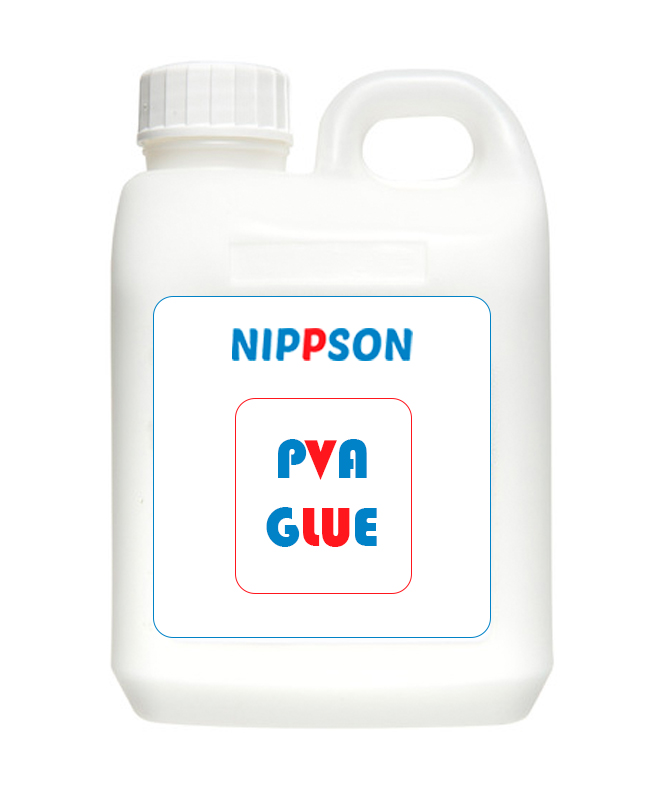Nippson Adhesives and emulsions Product Information
The unique combination of properties in Nippson PVA grades has allowed for its widespread use in industrial adhesives. From ceramic binders to adhering to substrates like paper and wood, Nippson PVA improves tensile adhesive strength as a sole adhesive or as an additive.
Nippson PVA is used for polyvinyl acetate emulsions, specifically in wood and paper adhesives. Nippson’s specialty PVA grades are used for water-resistant wood adhesives.Nippson PVA can also be used in general-purpose adhesives such as textile, leather, wood, and porous ceramic surfaces.
The partially hydrolyzed grades of Nippson PVA are often selected for remoistening adhesives.
As an emulsifier, Nippson PVA are widely used as a protective colloid in the emulsion process. They are often used during the polymerization of vinyl acetate and vinyl acetate copolymer systems (vinyl acetate/ethylene, vinyl acetate/acrylic ester, etc.) to form high-solids emulsions with stability and adhesive properties. Nippson PVA products are also used in emulsions for non-vinyl acetate system (styrene/butadiene, styrene/acrylic ester, acrylic ester, etc.) lattices and bead or suspension polymerization of vinyl monomers like vinyl acetate, styrene, and vinyl chloride. Nippson PVA are also used during post-emulsification of hydrophobic substances like wax and asphalt.
Nippson Adhesives Applications
Manufacturing of solid fiberboard, spiral-wound tubes, cores, and drums
Paper laminating adhesives
Water-resistant adhesives
Emulsions of vinyl acetate and vinyl acetate ethylene
Nonionic emulsifiers and protective colloids in the preparation of oil-water emulsions and dispersions (wax etc.)
Adhesion enhancer for amino resins (UF, MUF, etc.)
EPI (Emulsion-Polymer-Isocyanate) adhesives

Nippson PVA for Adhesives and Polymerization
Due to the high water resistance of Nippson, polyvinyl acetate emulsions using Nippson PVA can achieve D3 performance level without using crosslinking technology. If an even higher water resistance performance is needed, it can be achieved simply by using standard crosslinking technology.
Peroperties:
Outstanding film strength
Strong binding capacity
Resistant to oils, greases, and waxes
Can be combined with extenders like clays and insolubizers
Cold-water insolubility
Fast bonding speed
Ability to form high solids in emulsions
Controls particle size and distribution in emulsions
Works as a viscosity builder in emulsions
